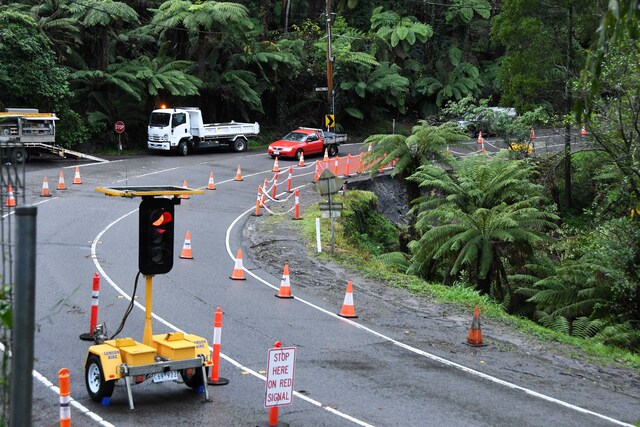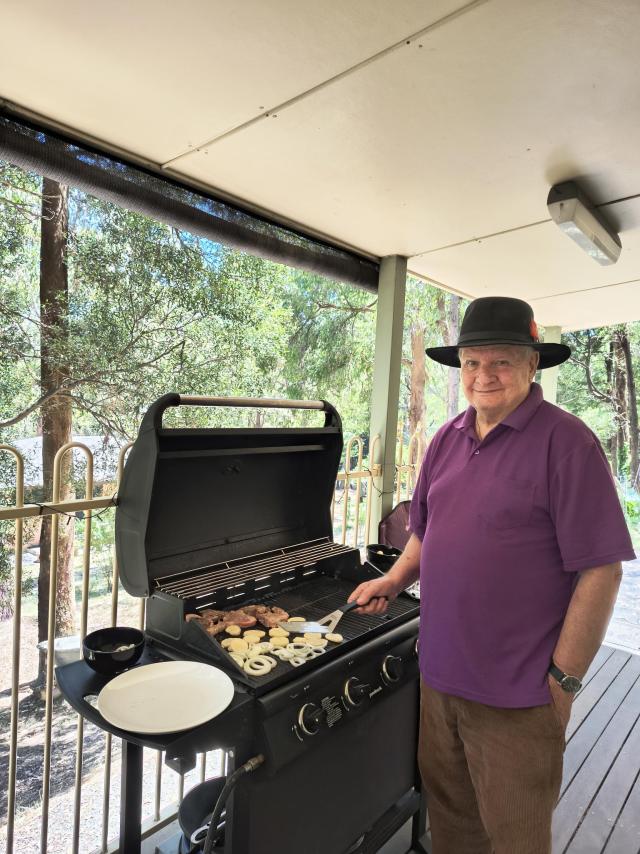By Kath Gannaway
VICTORIA was in the grip of a hot, dry summer when in the second week of January 1939 the state erupted into flame.
It’s 70 years today since the 1939 bushfires culminated on 13 January in the devastating Black Friday. In the days leading up to the fire temperatures had soared.
On 8 January when Toolangi foresters Charles Demby and John Barling became the first of the 71 lives lost in the fires, it was 43.8 degrees.
By 10 January, the day the Healesville and Marysville districts felt the fires’ fury, the temperature had risen to 44.7 degrees.
On Friday 13 January it reached 45.6 degrees and many of the fires that had been burning across the state combined in a massive fire storm.
Fred Sadlier was 23 and working on the family farm that straddled the Maroondah Channel at Yarra Glen. Like many of those who lived through the bushfires he has detailed memories of that day.
“I dug a bag of potatoes that morning and loaded it into the spring cart to take them to the general store in town,” he says.
“It was blisteringly hot and the sun was beating down on me as I drove along King Street,” he said. “It could have been 112 that day.” It was, in fact, 114 Fahrenheit in Melbourne.
The family, his parents Bill and Ethel and sister Betty, were at home on the day. His other sister Elinor, a teacher, was away.
Mr Sadlier said they were unaware of the extent of the fires in Toolangi and Healesville and went about their business as usual, milking the cows and digging up spuds they had planted for an extra bit of income.
They had just had lunch when the fire came bearing down on the farm. A fierce easterly wind blew the fire from Toolangi down through Warrandyte to Heidelberg.
“Just after 12.15 the wind changed to a south-westerly and blew it back this way. It came back on a narrow front through Christmas Hills and gradually widened,” Mr Sadlier said.
Walking to the back door of the house he heard a noise from the west and looked up to see the fire racing towards the house.
“It was just a mass of roaring flames coming through the bush and taking everything in its path,” he recalls. With the women moved to the relative safety of the aquaduct, he made a desperate bid to save some of his belongings.
“I’d been given a gentleman’s wardrobe for my 21st and I managed to get that out,” he said. In the end, even that didn’t survive. All he escaped with was a trophy he had won at the Christmas Hills Rifle Club and a small vase he was able to put in his pockets.
As Mr Sadlier and his father battled to save the house and sheds his sister used an old canvas hat to pour water over her mother.
“We didn’t have fire-fighting equipment, and there was no brigade in Yarra Glen then,” he said. The house burnt to the ground and there wasn’t a fence left standing by the time the fire had raced through towards the Yarra River.
The Sadliers’ cattle and three horses survived to be rounded up from all around the district in the following weeks. Neighbours half a mile away lost everything before the fire was stopped at Chateau Yering with the help of volunteers from Melbourne.
Another wind change turned the fire towards Steels Creek and Dixons Creek where Mr Sadlier remembers two or three houses were lost in Pinnacle Lane.
“It was the vagaries of the wind,” he said echoing the stories of hundreds of people who lived through the fires in the bush and on farmland throughout the state.
The Mail looks back on the events of January 1939 in Remembering the ‘39 Fires – pages 28 to 31.
From the
Digital Editions
-

The Star Mail’s best sports stories of 2025
Sports play a big role in the Upper Yarra, and 2025 saw some incredible feats both locally and nationally. Sanders dominates: In January the Three…





